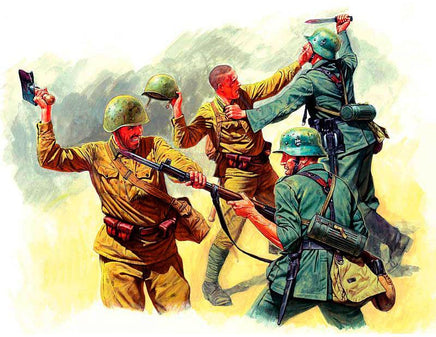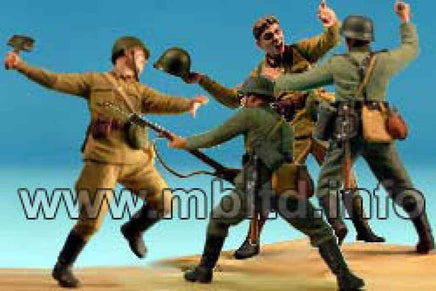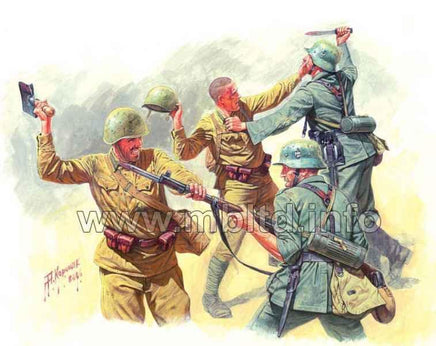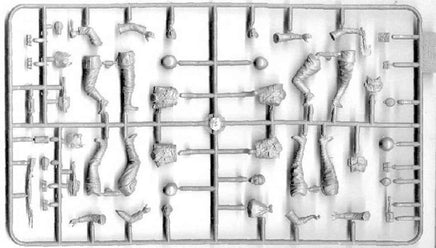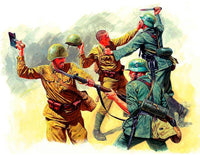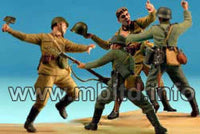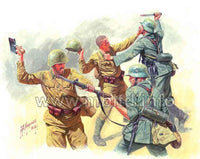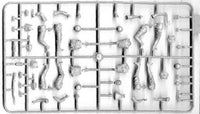The decisive influence on the shaping of the organization and tactics of the German infantry before the outbreak of World War II was, on the one hand, the experience of the previous World War, but also theoretical works created in the 1920s and 1930s, which often emphasized the need to perceive the German infantry as a tool waging an offensive war. This affected both the equipment and the organization of the German infantry division, which during the September campaign of 1939 consisted of 3 infantry regiments, each of which was divided into 3 infantry battalions, an artillery company, and an anti-tank company. In addition, there were numerous support units, including an artillery regiment with 4 artillery squadrons (including one heavy), an anti-tank battalion, a sapper battalion, and a communications battalion. In total, the so-called infantry division In the first mobilization wave had approximately 17,700 people and had a significant artillery component, but it was also abundantly equipped with machine guns. It also had modern and efficient—for those times—means of communication and command. In the course of the war, infantry divisions underwent transformation; in 1943, some of them were transformed into armored grenadier divisions. However, from 1943, the standard division of the "traditional" infantry consisted of approx. 12,500 men (and not approx. 17,700 as in 1939), and its artillery component, especially heavy artillery, was also reduced, while its anti-tank defense was significantly improved. It is assumed that during the entire Second World War, about 350 infantry divisions served in the Wehrmacht.
In the 1920s and, especially, in the 1930s, the Red Army underwent rapid development in terms of increasing its posts as well as increasing saturation with technical weapons, primarily armored weapons. Still, the infantry was the primary and numerically largest element of the Red Army. The intensive quantitative development of this type of weapon began at the turn of 1929–1930. In 1939, even before the aggression against Poland, the Soviet infantry was formed into 173 divisions (so-called rifle divisions), most of which were grouped into 43 corps. It is worth adding that after the September campaign in 1939, this number increased even more. The Soviet rifle division in 1941 consisted of three rifle regiments (three battalions each), an artillery regiment after an anti-tank and anti-aircraft artillery division, as well as reconnaissance and communication battalions. In total, it numbered about 14,500 people. However, by 1945, this position underwent significant changes, leading to a division of approximately 11,500–12,000 people, consisting of three infantry regiments, an artillery brigade consisting of three regiments, a self-propelled artillery squadron, and many support units, including anti-tank, anti-aircraft weapons, and communications. The saturation of infantry units with machine weapons has also increased significantly, for example, with the submachine guns APsZ 41 and later APsZ 43.

